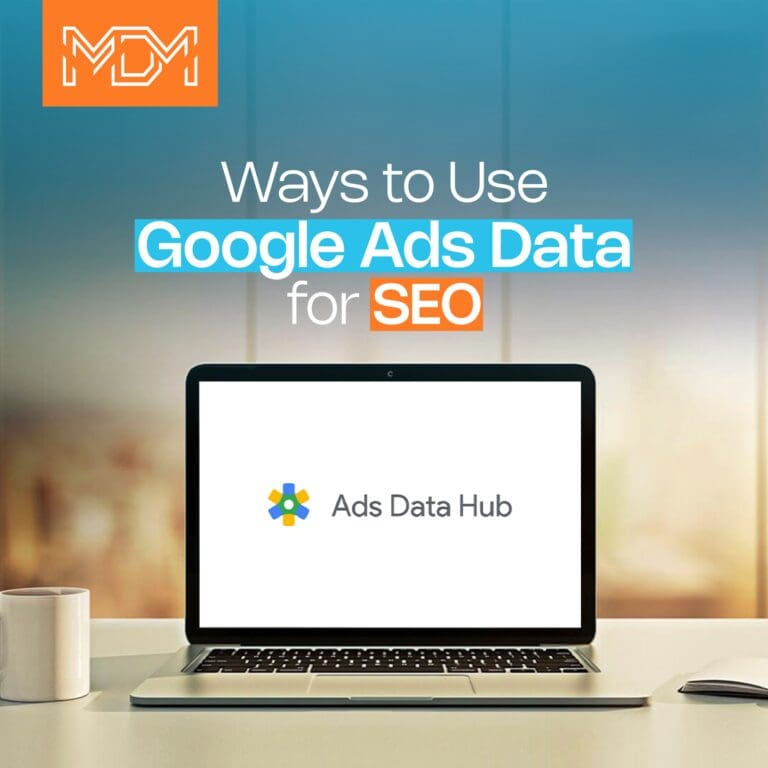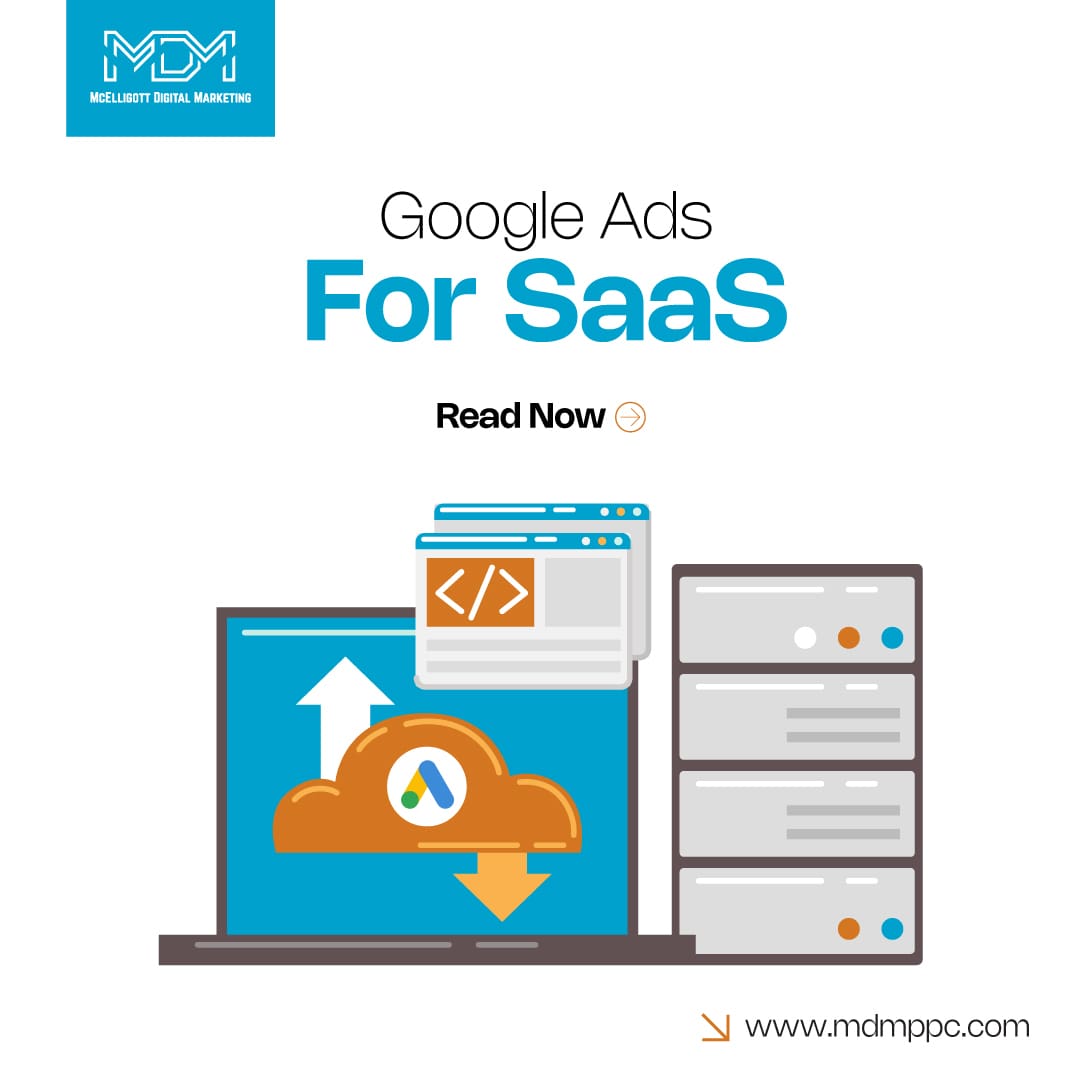Google ads and SEO are powerful digital tools to get more website traffic, promote your business, and increase brand awareness. While running Google Ads does not directly help your organic search ranking, implementing both generates great results. You can use Google ads data to improve your SEO results in many ways.
When we’re talking about Google Ads vs SEO, what we are essentially discussing is ads costs vs longer time. No one would want either high costs with Google ads or wait for a long time till their business shows up in the organic search rankings. Google ads generate immediate results, but if not managed by Google ads experts, it can be quite expensive. In this blog, you’ll learn how to balance both and the ways Google Ads data can help SEO.
Benefits of Google Ads for SEO
Google Ads isn’t just an advertising platform- the goldmine of data it generates is used to boost organic search performance on both Google and YouTube.
Many business owners keep SEO and PPC campaigns separate, but if you’re doing the same, you’re going to miss out on valuable insights that can help you improve your rankings and drive free, indirect web traffic in the long term.
Over the past year, we’ve spent time running ads on both Google and YouTube and learned some effective ways to use the data to boost SEO. Here’s how you can do it too.
1. Find keywords that drive conversions
Not all keywords are equal when it comes to converting visitors into customers. Google Ads has a conversion tracking feature that allows you to see which keywords lead to actions, like sign-ups or sales, on your site.
Set up conversion tracking to see which keywords drive actions like sign-ups or sales. If a keyword performs well in your paid ads, it’s a good idea to target it for SEO as well. This way you can attract free traffic that converts into customers, helping you save on ad costs in the long run.
2. New keyword opportunities
Google sees billions of unique queries daily, many of which haven’t been recorded before.
Use broad match modifiers in your Google Ads campaigns to find new keyword opportunities that other SEO tools might miss. These modifiers let you bid on different variations of your keywords, catching related search terms that people use. Once you collect enough data, check the search terms report in Google Ads. This will help you find new topics to target and long-tail keywords that your current content does not cover. Using this information, you can create fresh content and optimize your pages for better rankings.
3. Better click-through rates (CTR)
CTR is an important factor for SEO. While people talk a lot about whether a higher CTR directly improves rankings, there’s no doubt that more clicks mean more traffic. Google Ads gives you the ability to test different headlines and descriptions. Thus it helps you find the best-performing combinations.
Test different versions of your ad copy to see which titles and descriptions get the most clicks. Once you find what works best, apply the successful combinations to your organic search metadata. This will definitely boost your click-through rate (CTR) in Google’s search results.
To find which pages need optimization, use Google Search Console. Look for keywords where your site ranks high but has a low CTR. This data will help guide your ad copy changes and create an effective SEO strategy.
4. Target ‘link intent’ queries and earn backlinks
You can earn backlinks by bidding on queries that have ‘ink intent’. Not a lot of people know about the benefits of Google Ads. These are search terms that bloggers and marketers often use when looking for resources to link to.
Promoting pages like statistics or research reports helps attract natural backlinks. These types of content are often referenced in articles. We’ve had great success with this approach. For example, we spent around $1,200 promoting an SEO statistics page and gained valuable backlinks that improved our rankings.
To find keywords with ‘link intent,’ use tools like Ahrefs. Look for search terms where the top-ranking pages have lots of backlinks. This will help you pick the right topics to target with your ads.
5. Search terms report
The Search Terms Report tells you a lot about the keywords that regular keyword analyses miss. If you look at the search terms that trigger your ads, you can find high-converting keywords. You can then optimize your pages for those specific terms.
Dynamic search ads also help you find more relevant keywords. These are useful for both SEO and blog content.
For example, if certain search terms lead to conversions often, you should add them to your SEO strategy. Also, questions like ‘what is’ or ‘how to’ show that users are looking for information. Create content that answers these questions to increase your organic traffic.
6. Remove keywords with no conversions
Analyzing keywords that cost a lot but don’t lead to conversions improves your SEO strategy.
Filter out keywords that get many clicks but no conversions. This allows you to deprioritize those terms. Focus on the more effective keywords. This way, your SEO efforts target the terms that are most likely to produce results.
7. Ad titles and descriptions
Analyze the titles and descriptions of your best-performing ads. It will help improve your website’s metadata and boost your SEO performance.
If certain phrases, like ‘free shipping,’ increase your ad’s click-through rate (CTR), include them in your SEO metadata.
For example, after running search ads for a few weeks, find the ad copy with the highest CTR. Update your meta titles and descriptions to match that copy. Then, monitor the impact on your organic CTR using Google Search Console.
8. Location-based information
Google Ads provides valuable data on geographic performance. This data helps you optimize your site for specific locations. For example, if you have a ticket-selling website, you can prioritize optimizing for high-converting regions. Focus your SEO efforts on locations that generate the most traffic and conversions, making your optimization efforts more efficient.
If certain locations show low or no conversions, use Google Search Console to analyze these pages and make improvements as needed.
9. Trend tracking with keyword planner
The Google Ads Keyword Planner tool is excellent for tracking search trends over time. You can select specific date ranges and see how interest in certain keywords fluctuates by month and device.
For example, during the COVID-19 pandemic, tracking trends like “bread maker” across devices helped marketers stay updated with shifting consumer behavior.
Tracking these trends helps ensure your SEO strategy remains responsive to seasonal changes and market demands, especially in the festive seasons.
10. Display campaign data
In display campaigns, you can see the websites where your ads are shown. Analyzing these sites helps you find opportunities for SEO outreach.
If a specific website matches your target audience and generates conversions, create content to attract traffic from similar sources.
11. Google merchant center data
You can get detailed reports on product issues, like invalid images or missing descriptions at Google Merchant Center. These issues affect both paid and organic performance.
If Google finds problems with your product images, it can hurt your chances of conversion. Fix these warnings to optimize your product pages for better organic visibility.
Let’s say a report reveals that over 1,000 product images have invalid URLs or that descriptions are too short. Making the necessary changes to these problems improves your website structure and boosts its SEO performance.
Conclusion
Google Ads doesn’t directly boost your SEO performance. However, PPC has a powerful positive effect on it. For example, running ads increases the visibility of your content. This makes it more likely that people will share or link to it, which creates valuable backlinks.
PPC ads also help speed up traffic and conversions. They can balance out the longer timelines, sometimes months and years, needed for SEO.
If you’re looking for a digital partner that takes care of your complete Google Ads and SEO needs, McElligott Digital Marketing can help.
Get a FREE consultation with our Google Ads experts today at (833) 772-4897.
Google Ads and SEO FAQs
1. What is the difference between Google Ads and Google SEO?
Google Ads is a paid ad platform using which you can display ads on Google’s search results and other websites. Google SEO (Search Engine Optimization) focuses on optimizing website content to improve organic (non-paid) search rankings on Google.
2. Are SEO and AdWords the same thing?
No, they are not the same. SEO optimizes website content for organic search results, while AdWords (now Google Ads) is a paid advertising service that places ads at the top of search results.
3. Are SEM and SEO the same?
No, they are different. SEM (Search Engine Marketing) includes both paid advertising (like Google Ads) and SEO. SEO focuses only on improving organic search rankings.
4. Do Google Ads help SEO?
Google Ads do not improve organic search rankings directly but they drive traffic and visibility to your site. Using the Google Ads data, you can improve your SEO strategies and make necessary changes to your website to improve SEO performance.
5. Is Google Ads part of SEO?
No, Google Ads is not part of SEO. SEO is focused on organic search optimization, while Google Ads is a paid ads platform.





